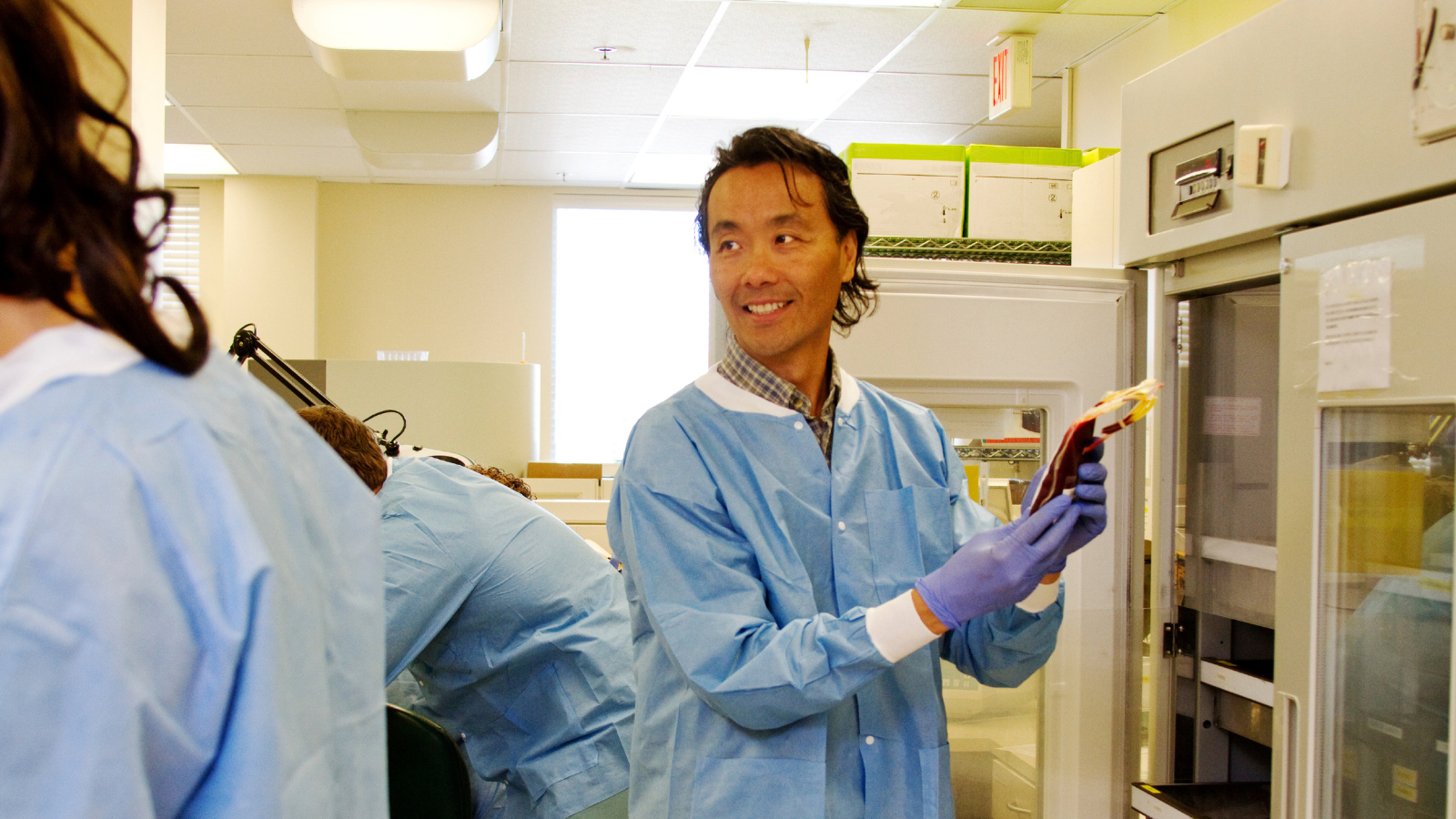alerts

Temperature Monitoring Guidelines
Ensuring your hospital maintains the recommended temperatureof 72 to 78 degrees Fahrenheit (18-23 degrees C) for sterile storage areas,with a maximum relative humidity of 60 percent, is a crucial aspect emphasizedby The Joint Commission. While the temperature of a building may not be at theforefront of your thoughts, it plays a vital role in patient comfort, productstorage, and overall operational efficiency.
The Significance of Temperature Control for PatientComfort
Creating a conducive and comfortable environment forpatients is paramount in healthcare facilities. Proper temperature control notonly promotes healing and recovery but also addresses individual preferences.Patients, spending extended periods in their rooms, benefit from personalizedtemperature settings that cater to their comfort levels, enhancing overallsatisfaction.
Preventing Disease Spread Through Temperature Management
Beyond patient comfort, maintaining optimal temperatures inhospitals is instrumental in preventing the spread of diseases. Adjustingtemperatures can limit the survival and growth of pathogens, reducing the riskof infections. Proper temperature control also helps maintain humidity levels,preventing the creation of breeding grounds for bacteria and fungi.
Temperature Control in Pharmacies, Labs and Blood Banks
Extending beyond patient areas, proper temperature controlis imperative for pharmaceutical storage, hospital labs and blood banks.Pharmaceutical products are highly sensitive to temperature variations, whichcan compromise their efficacy and shelf life. Hospital labs, reliant on precisetemperature conditions, ensure accurate and reliable test results, preservingsamples and maintaining the quality of diagnostic processes. Blood is almostalways in short supply and must be maintained at +2 to + 6 C degrees. When itdeviates from this range, there is a risk of spoilage and loss.
Challenges in Maintaining Ideal Hospital Temperature
While maintaining an ideal temperature is essential,hospital administrators face challenges due to the size and complexity ofbuildings, diverse patient needs, heat generation from various sources,constant foot traffic, and budget constraints. Weather conditions also play arole, impacting indoor temperatures and straining heating or cooling systems.
The Role of Temperature Monitoring Systems
To address these challenges, implementing effectivetemperature monitoring systems is crucial. Real-time monitoring systems provideinstant access to accurate temperature data, allowing swift identification andresolution of deviations. These systems also enable data analysis to identifypatterns, ensuring compliance with regulations and efficient resourcemanagement. Moreover, they contribute to improved patient safety by preventingmedication errors as well as ensuring compliant and safe storage of criticalresources for care.
ZulaFly is a leader in environmental monitoring and offersadvanced solutions to help healthcare facilities maintain optimal temperaturesof ambient spaces, as well as critical medicine, lab samples and blood and tissuein refrigerators and freezers. Contact us today to elevate your healthcarefacility's temperature management.



